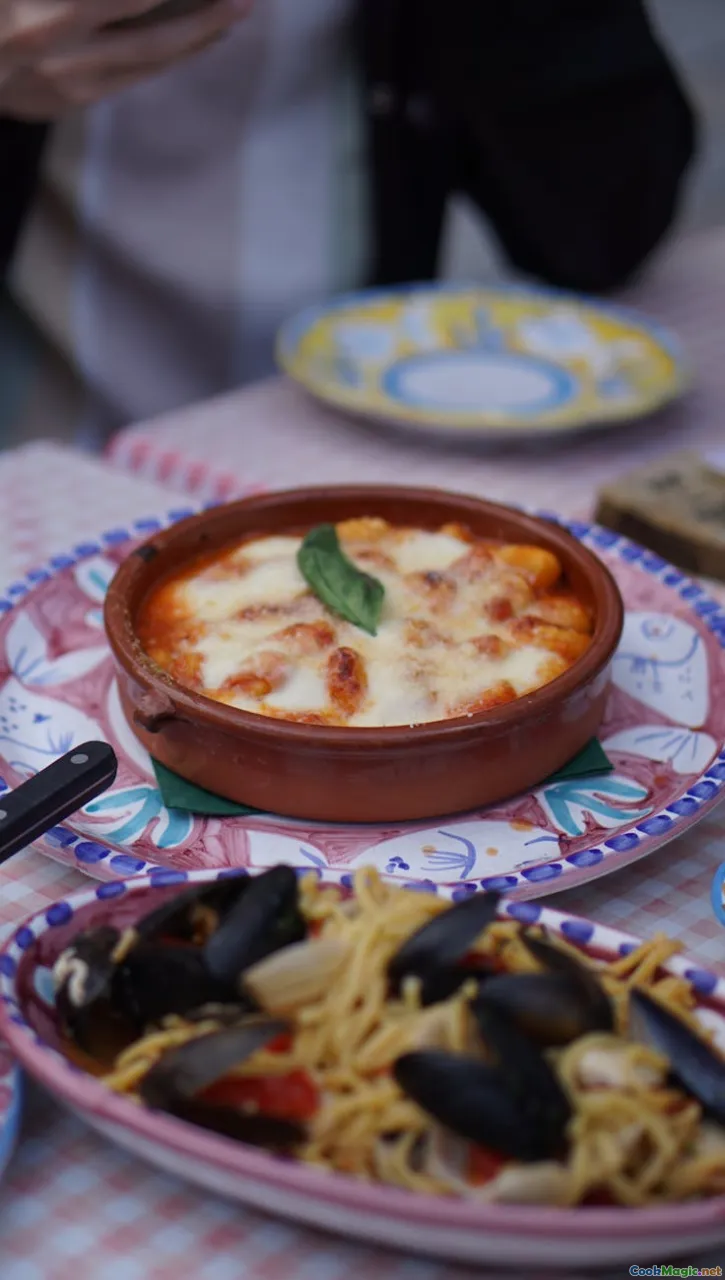The Influence of Geography on Norwegian Diets
7 min read Explore how Norway's rugged landscapes, fjords, and climate shape its unique culinary traditions and food choices across regions. April 22, 2025 08:55
The Influence of Geography on Norwegian Diets
Introduction: A Land Shaped by Nature
Imagine standing atop a rugged cliff overlooking a shimmering fjord, the air crisp and filled with the scent of salt and pine. Norway’s landscape is a breathtaking mosaic of mountains, fjords, forests, and coastal waters—each feature not just defining its scenery but also intricately weaving into the fabric of its culinary traditions. The foods Norwegians cherish today are echoes of centuries of adaptation to an environment that is both awe-inspiring and formidable.
Did you know that Norway’s extensive coastline stretches over 25,000 kilometers, dotted with thousands of islands and deep fjords? This geographic complexity has profoundly influenced how Norwegians hunt, fish, farm, and preserve food. From the cold, nutrient-rich waters of the North Atlantic to the dense forests of the interior, each landscape offers a distinct palette of ingredients and cooking techniques. In this article, we will journey through Norway’s diverse geography to uncover how it has shaped the nation’s diets, culinary practices, and cultural identity.
The Coastal Cuisine: A Maritime Heritage
The Fjords and the Sea
Norway’s coast is arguably its most defining feature. The deep, glacially carved fjords create sheltered waters teeming with life, making fishing an age-old livelihood. The Atlantic Ocean’s bounty—cod, herring, salmon, and shellfish—has historically sustained coastal communities.
Fish and Preservation Techniques
The cold waters preserve fish naturally, allowing Norwegians to develop sophisticated methods of preservation. Dried, salted, or fermented fish such as stockfishandrakfisk have been staples for centuries. The drying racks, often perched on rocky cliffs, catch the wind and sun, turning fresh fish into long-lasting nourishment.
Sensory Experience
Imagine biting into a piece of klippfisk(dried cod), its firm, flaky texture dissolving on the tongue, infused with the salty tang of the sea. Or the rich aroma ofgravlaks (cured salmon), with its delicate balance of salt, sugar, and dill—an ode to the coastal climate.
Regional Variations
In northern Norway, you’ll find lutefisk(dried cod soaked in lye) served during Christmas, a dish that embodies resilience and tradition. Along the coast of Troms and Finnmark,skrei (a seasonal migratory cod) appears on tables from January to April, celebrated for its tender flesh.
The Inland and Mountain Regions: Game, Dairy, and Berries
Forests and Mountains
Venturing inland, Norway’s dense forests and rugged mountains offer a different bounty. Here, game such as reindeer, elk, and hare are vital sources of protein, especially for Sami communities and mountain dwellers.
Dairy and Cheese
The cooler climate and lush pastures support dairy farming. Iconic Norwegian cheeses like brunost (brown cheese) and various aged cheeses are products of this environment. The creamy, caramel-like flavor of brunost is a testament to the high-fat content of the milk from grazing goats and cows.
Berries and Wild Herbs
In late summer, forests burst with berries—bilberries, lingonberries, cloudberries—each a treasured ingredient. These berries preserve well, making jams, desserts, and flavorings that add brightness and depth to traditional dishes.
Personal Reflection
I remember hiking through the Jotunheimen mountains, encountering wild lingonberries ripe and glistening. The tartness of these berries, paired with fresh mountain water, exemplifies how Norway’s terrain transforms simple ingredients into cherished delicacies.
The Arctic North: Adaptation in Extreme Conditions
The Challenges of the Arctic
Norway’s northernmost regions endure long, harsh winters with limited sunlight and extreme cold. Here, survival depended on ingenuity and deep knowledge of the land.
Preserved and Fermented Foods
Fermentation became essential—rakfisk(fermented fish) andsurstrømming (fermented herring) exemplify this. These techniques not only preserved food but also created distinctive flavors that are highly regional.
Reindeer and Arctic Cuisine
Reindeer herding sustains Sami communities, with meat often dried or smoked. Reindeer stew, with its rich, gamey flavor, provides vital sustenance during the dark months.
Sensory and Cultural Significance
The aroma of smoked reindeer or fermented fish can be powerful, but these flavors are deeply embedded in Sami identity and Norwegian heritage, symbolizing resilience and adaptation.
Food Preservation and Cultural Identity
The Art of Preservation
Across Norway, preservation techniques—drying, salting, fermenting—are not just practical; they are cultural rituals. They connect generations and preserve seasonal abundance.
Modern Influence and Local Identity
Today, these traditional foods are celebrated and reinterpreted in modern cuisine, from upscale restaurants to home kitchens, maintaining their cultural significance while embracing innovation.
Final Thoughts: A Land of Contrasts and Connections
Norway’s diverse landscapes have cultivated a culinary mosaic where each region’s ingredients and techniques tell a story of adaptation, resilience, and reverence for nature. From the icy waters carving the fjords to the wooded hillsides rich with berries, every bite reflects a deep connection to the land.
As you explore Norwegian cuisine, remember that each dish is more than just food—it’s a narrative of survival, community, and identity rooted in a land that commands respect and awe. Whether enjoying a simple piece of dried stockfish or a complex cheese platter, you’re tasting centuries of history shaped by geography and environment.
In embracing these regional flavors and techniques, we honor the enduring relationship between people and place—an essential chapter in the story of Norwegian culture and cuisine.









